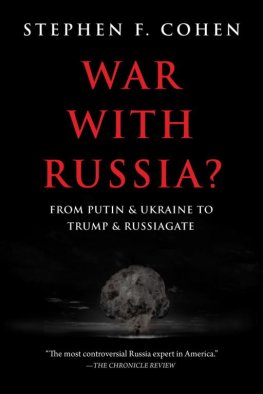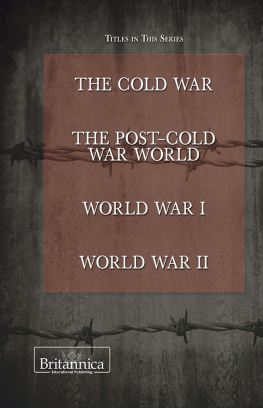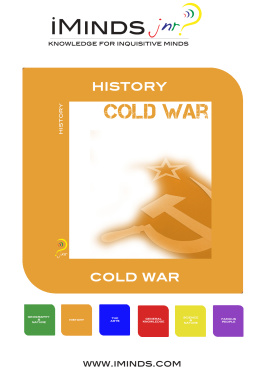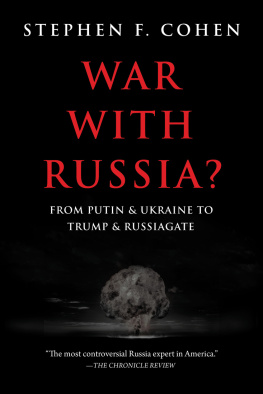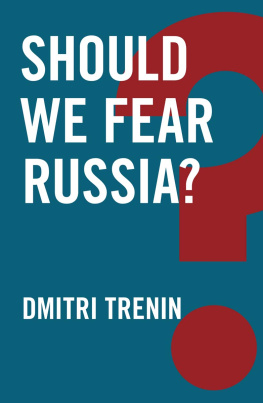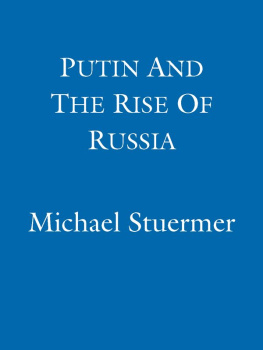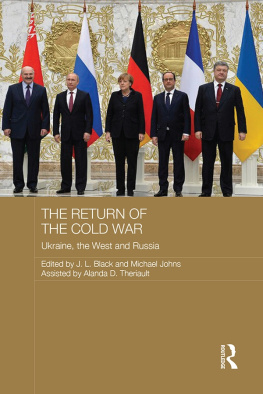

FACES, INCIDENTS, AND
CASUALTIES OF THE COLD WAR

James E. Wise Jr. and Scott Baron
NAVAL INSTITUTE PRESS
Annapolis, Maryland
The latest edition of this work has been brought to publication with the generous assistance of Marguerite and Gerry Lenfest.
Naval Institute Press
291 Wood Road
Annapolis, MD 21402
2010 by James E. Wise Jr. and Scott Baron
All rights reserved. No part of this book may be reproduced or utilized in any form or by any means, electronic or mechanical, including photocopying and recording, or by any information storage and retrieval system, without permission in writing from the publisher.
ISBN 978-1-61251-452-9 (eBook)
The Library of Congress has cataloged the hardcover edition as follows:
Wise, James E., 1930-
Dangerous games : faces, incidents, and casualties of the Cold War / James E. Wise, Jr. and Scott Baron.
p. cm.
Includes bibliographical references and index.
1. Cold WarBiographyAnecdotes. 2. Cold WarAnecdotes. I. Baron, Scott, 1954- II. Title.
D839.5.W57 2010
909.825dc22
2009051806

 Print editions meet the requirements of ANSI/NISO z39.48-1992 (Permanence of Paper).
Print editions meet the requirements of ANSI/NISO z39.48-1992 (Permanence of Paper).
14 13 12 11 10 9 8 7 6 5 4 3 2 1
First printing
Dedicated to Natalie Hall, our personal editor, whose superb talents have guided us through the rocks and shoals of our literary endeavors.
May her life be filled with fair winds and following seas!
CONTENTS
The United States emerged as the wealthiest, most powerful nation in the world at the end of World War II. Although the United States and the Soviet Union had been allies during the war, there was always a lurking mutual mistrust between the countries. When the Soviets expanded their sphere of influence in Eastern Europe and proceeded to build a huge nuclear arsenal, the United States found that it was no longer the dominant power in the world: thus began the era of what became known as The Cold War, which lasted several decades.

IN LIGHT OF THE RECENT RUSSIAN RESURGENCE and its aggressive handling of the Georgian situation and limitations of energy exports, Eastern European countries have become increasingly alarmed that Russia is attempting to re-create a sphere of influence over satellite states of the former Soviet Union. In 2008, President Dmitry Medvedev of Russia stated the Kremlin would move short-range missiles into Kaliningrad, a Russian landmass on the Baltic Sea, if the United States proceeded with a missile-shield program, parts of which would be positioned in Poland and the Czech Republic. The Russian missiles would be capable of striking NATO territory.
To add to the mounting tension with the West, Russia, in its attempt to become a world power once again, has begun to show its flag in the Western Hemisphere. In December 2008, two Russian navy nuclear-powered warships conducted exercises with Venezuelan naval forces in the Caribbean Sea. Upon completion of the exercises, one of the Russian warships, Admiral Chabanenko, passed through the Panama Canal, the first such happening since World War II. (The Canal had been closed to the Soviets during the Cold War.) Prior to the naval exercises, two Russian Air Force Tu-160 Blackjack strategic bombers visited Venezuela to conduct flight-training maneuvers. Since 2004, Venezuela has purchased more than $4 billion of weapons from Russian suppliers. Additionally, Russian oil companies have approached Venezuela about building storage tanks for crude oil and assisting the country in refurbishing a Soviet-era refinery in the port city of Cienfuegos, on the southern coast of Cuba. There are also reports that Russia intends to drill for oil in deep Gulf of Mexico Cuban waters.
For the past few years, Russian air reconnaissance long-range aircraft have renewed their snooping operations off the coasts of Western nations. In February 2009, on the eve of President Barack Obamas visit to Canadahis first trip abroad as presidenta Russian Bear bomber probed the Canadian Arctic airspace, only to be turned away by Canadian CF-18s (supersonic Hornet fighters). In July 2009, the British Defence Committee announced that Russian Bear aircraft had approached British airspace on eighteen occasions since 2007 (ten flights in 2007, six in 2008, and two in 2009). The aircraft were intercepted by quick-reaction Tornado F3 or Eurofighter/Typhoon fighters. And, in early August 2009, two nuclear-powered Akula-class Russian attack submarines patrolled off the coast of Maine in international waters.
The Cold War was only cold in that the major powers, the United States and the Soviet Union, did not engage in a nuclear war. But during the period there were wars, spying, shootdowns of numerous aircraft, captures of military and civilian personnel, murders, defections, a space race with men put into orbit, and an eventual moon landing. Dangerous Games: Faces, Incidents, and Casualties of the Cold War is a return to that era. The book includes a compilation of little-known or long-since-forgotten stories that will capture the interest of readers and remind them of the cost in human life when two major powers place the world in jeopardy.
Do the aforementioned aggressive Russian activities portend a second cold war between the United States and Russia? Perhaps. Only time will tell.
Readers will note that weve dedicated this book to a member of our team, Natalie Hall. As weve mentioned before, Natalie is our personal editor. Her skill in blending author and coauthor inputs into a seamless, error-free manuscript requires exceptional professionalism. Natalie has met this unique challenge and continues to produce superb work.
WE OWE SPECIAL GRATITUDE TO Natalie Hall, Hannah Cunliffe, Nicholas Dujmovic, Dale J. Gordon, Jack Green, Glenn E. Helm, Lena Kaljot, Bert K. Mizusawa, Timothy T. Pettit, Paul Revai, Chris Robinson, Doug Sterner, Dianne Dellatorre Stevens, Brent Stolle, Rob Taglianetti, and Robert J. Tolle.
Next page

